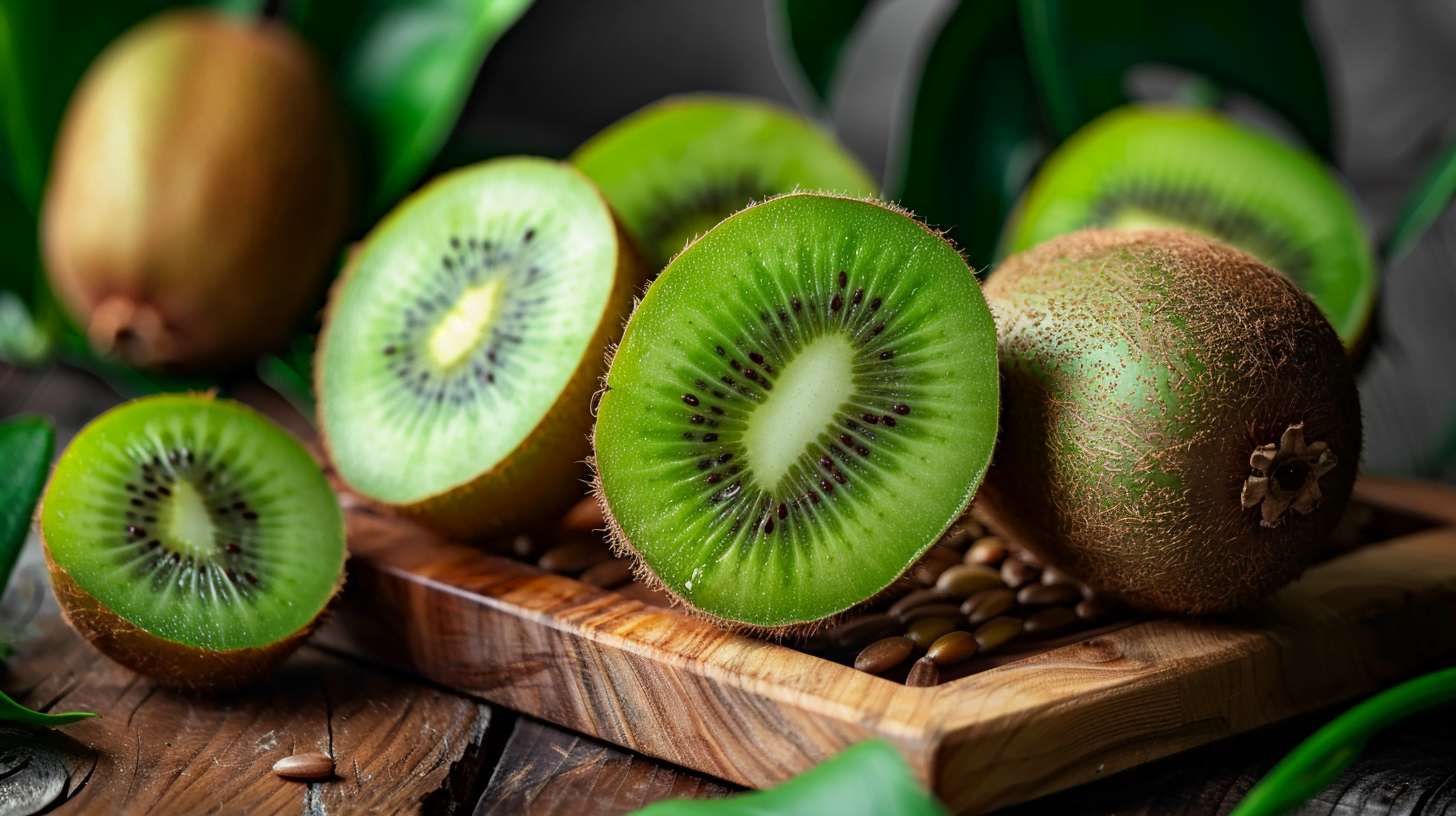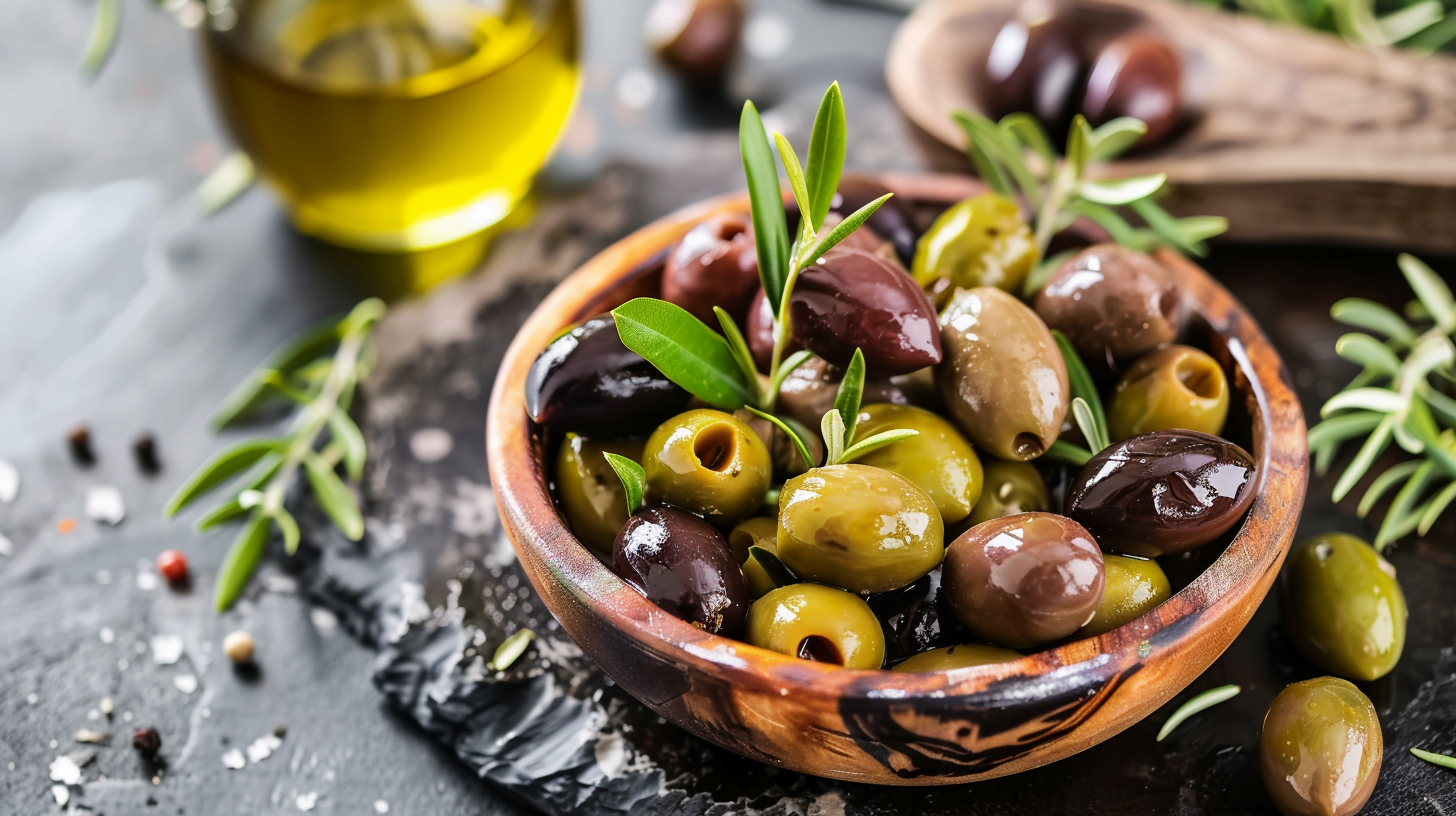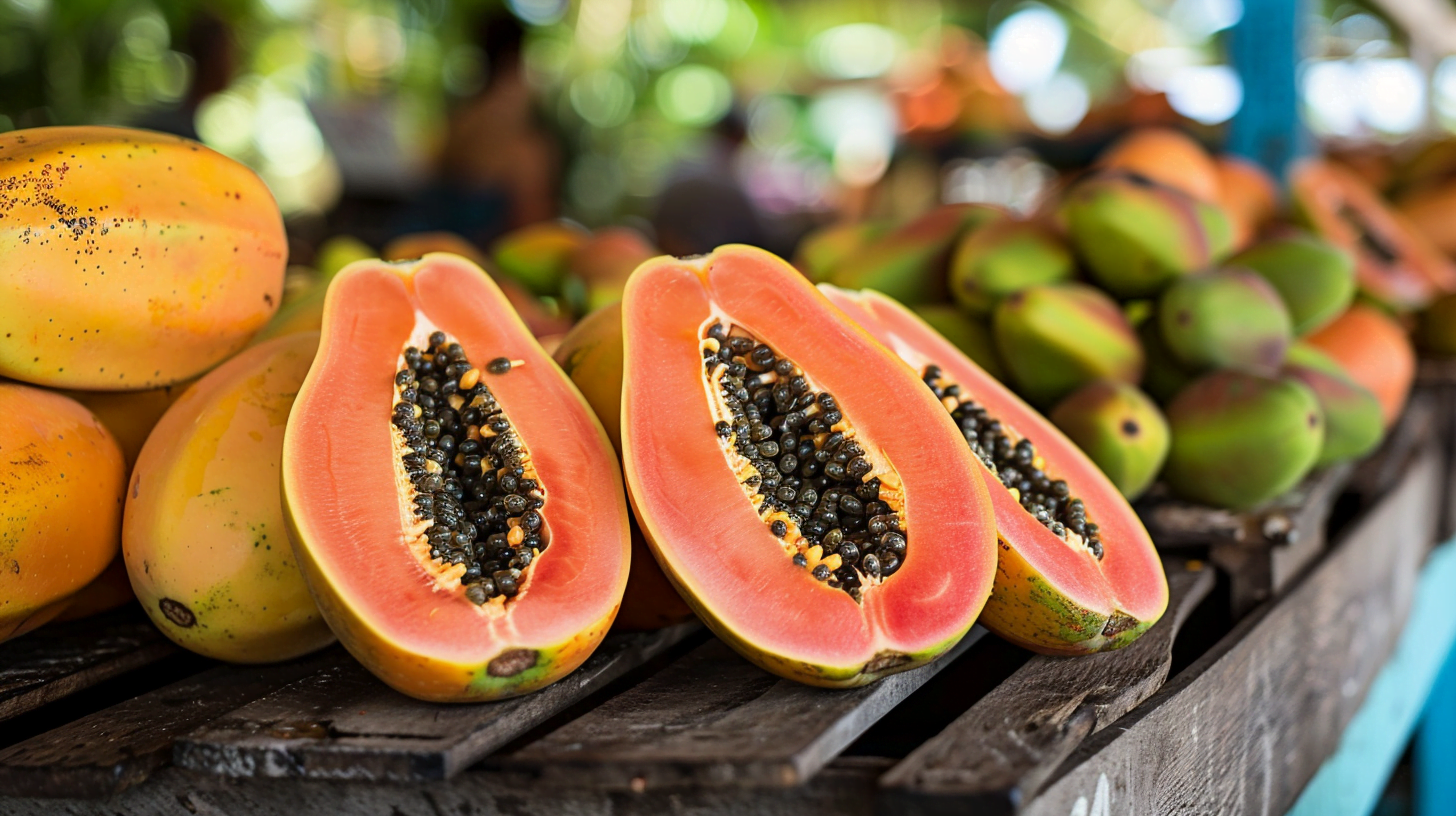Introduction
Kiwifruit, with its fuzzy brown peel and vibrant green flesh speckled with tiny black seeds, has become a beloved fruit around the world. Known for its unique appearance, sweet and tangy taste, and rich nutritional value, global demand for kiwifruit has expanded rapidly in recent decades. This surge in popularity has led many countries to ramp up production of these nutritious fruits. But which country produces the Most Kiwifruit? Well, one country has emerged as the dominant leader in kiwifruit cultivation – China.
With ideal climate conditions, abundant land, low labor costs, and advanced farming techniques, China now produces over 2.4 million tons of kiwifruit per year, accounting for over 50% of total global output. While other major producers like Italy, New Zealand, Chile, and Greece grow substantial quantities of kiwifruit, none come close to matching China’s enormous scale of production.
In this in-depth article, we’ll explore how China came to dominate the global kiwifruit industry. We’ll look at the key factors that allowed China to vastly expand its kiwifruit orchards and rapidly improve yields. We’ll also examine how kiwifruits are commercially grown, including common farming methods and best practices. And we’ll discuss the global kiwifruit trade, as countries like New Zealand and Italy export large shares of the world’s kiwifruit production.
Overview of Leading Kiwifruit Producing Nations
China is clearly the top kiwifruit growing nation by a large margin. But several other countries also play major roles in kiwifruit cultivation and trade:
China – With output of over 2.4 million tons per year, China produces more than 50% of the global kiwifruit supply. The major growing regions are in central provinces like Sichuan, Shaanxi, and Henan, where hot summers and cold winters provide an ideal climate.
Italy – Italy is the second largest producer, growing over 400,000 tons annually. The key production areas are Lazio and Campania. Italy exports most of its domestic kiwifruit output.
New Zealand – Despite having a smaller population, New Zealand’s kiwifruit output nearly matches Italy’s, at over 400,000 tons per year. The Bay of Plenty and Northland regions have the highest cultivation.
Chile – Although Chile’s production lags behind the top three countries, it has increased exports in recent years to become a major kiwifruit trading nation.
Greece – Greece produces around 150,000 tons annually, supplying much of Europe with its late-season harvests.
France – With around 90,000 tons harvested per year, France ranks sixth globally in kiwifruit output.
Japan – Japan has expanded domestic cultivation to reduce imports, producing around 60,000 tons annually.
The Rise of China as the Leading Kiwifruit Nation
By ramping up both the scale of production and the level of farming technology, China has come to completely dominate global kiwifruit output:
Ideal Growing Conditions – China’s central and western regions have hot, humid summers with ample rainfall, along with cold winters, creating an ideal climate for kiwifruit vines. The vines remain dormant through winter then bud and fruit during summer.
Government Support – Chinese government initiatives provided subsidies and incentives to encourage large-scale kiwifruit orchards, expanding planting acreage. This allowed massive scaling up of production.
Land Availability – Having large connected areas of suitable agricultural land allowed kiwifruit orchards to be expanded to scales not feasible in other nations.
Low Labor Costs – China’s abundant supply of low-cost labor enabled the rapid build-out of labor-intensive kiwifruit farming and harvesting. Manual tasks like pruning and picking could be done cheaply.
Rapid Technology Adoption – China quickly adopted the latest advances in kiwifruit farming, from high-density planting to protected cultivation to precision fertilization, resulting in steep yield improvements.
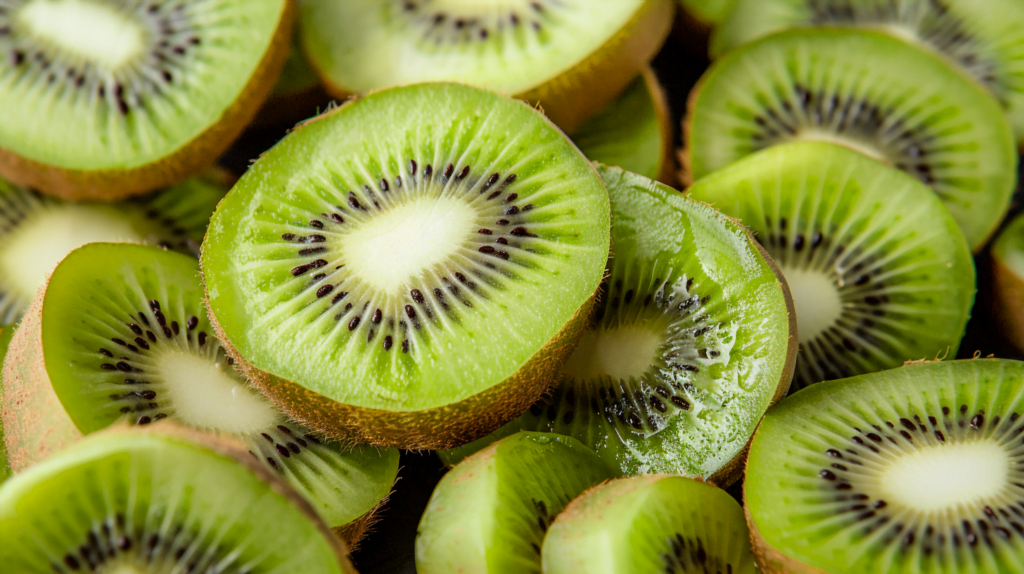
Commercial Farming Methods and Best Practices
Let’s look at some of the key techniques used in large commercial kiwifruit operations:
Support Structures – Kiwifruit vines cannot support themselves and need trellised structures for optimal light exposure and growth. Sturdy posts and crossbeams support the vines 8-10 feet off the ground.
Pruning – To control growth and maximize fruit yields, kiwifruit vines are carefully pruned over winter. Optimal branching structure and bud numbers are maintained.
Pollination – Bees or artificial pollination are used since kiwifruit vines are not self-pollinating. Large volumes of pollen are required for commercial fruit set.
Fertilization – Balanced fertilizer applications provide the nitrogen, phosphorus, potassium, calcium and micronutrients that kiwifruit vines need. Soil testing guides precise nutrient dosing.
Irrigation – Drip irrigation right at vine root zones provides a steady supply of water. Insufficient water causes fruit shriveling.
Pest Control – Various insects and diseases must be prevented and controlled via pruning for airflow, row covers, organic sprays like neem oil, or chemical pesticides if needed.
Protected Cultivation – Plastic sheets, shade cloth, tunnel houses or greenhouses shield vines from hail, frost, wind damage, while boosting temperatures and light.
Harvesting – Kiwifruits are picked by hand once the sugars reach ideal levels for flavor and storage ability. They must be clipped carefully to avoid bruising.
Global Kiwifruit Trade and Exports
While China dominates in kiwifruit tonnage produced, other countries export significant amounts to meet global consumer demand:
- New Zealand – Despite producing far less than China, New Zealand exports more kiwifruit than any other country, supplying markets worldwide.
- Italy – Italy exports most of its domestic kiwifruit output, primarily to other European markets.
- Chile – Chile has become a leading southern hemisphere exporter, shipping north once New Zealand’s season ends.
- Greece – Greece exports its harvests widely across Europe.
- France – France exports roughly half of its kiwifruit crop each year.
- China – China’s exports are rapidly growing along with its massive production, including to nearby Asian markets.
Other top exporters selling internationally include the United States, Japan, Iran, and Turkey. Across both hemispheres, global demand for kiwifruit is being met via thriving export trade routes.
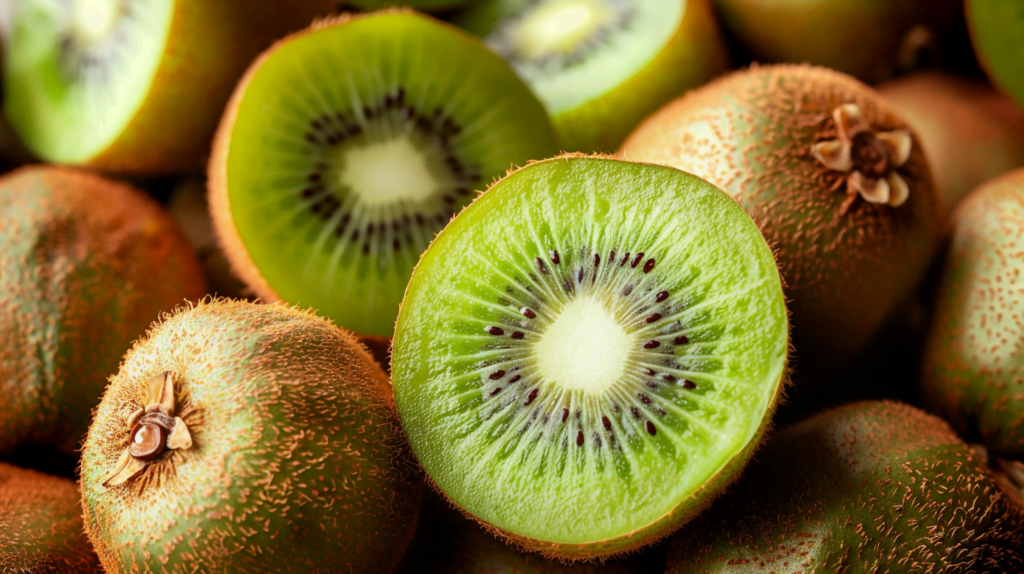
Health Benefits and Nutrition
The kiwifruit’s expanding popularity worldwide is driven not just by its taste but also by its exceptional nutritional value:
- High vitamin C – Kiwifruits contain even more vitamin C per ounce than oranges.
- Fiber – The fuzzy skin and tiny black seeds provide ample fiber important for digestion.
- Potassium – Kiwifruits offer potassium levels similar to bananas, helping regulate fluids and heart function.
- Antioxidants – Kiwifruits are loaded with antioxidants like vitamin E and polyphenols that fight free radicals and disease.
- Macular health – Lutein and zeaxanthin in kiwis support eye and macular health.
With this outstanding nutrient and antioxidant profile, it’s no wonder kiwifruit consumption provides many health benefits. The globally recommended intake is around 2-3 kiwifruits per day.
Future Outlook
Looking ahead, the future seems bright for both kiwifruit production and consumption worldwide:
- China will likely maintain dominance as improvements in yields and farming efficiency continue. Their output may keep rising to meet ever-increasing demand.
- Italy, New Zealand, Chile and other major producers are also expected to expand cultivation and exports.
- New varieties like gold kiwifruit appeal to consumers with even higher vitamin C and unique taste.
- Health benefits will continue to drive consumption growth as more people seek kiwifruits’ exceptional nutrition.
- Global trade will increase as leading producers export more to meet demand everywhere.
For producers, traders, and consumers alike, the outlook points to thriving global kiwifruit commerce.
Conclusion
With its ideal climate and farming conditions, China has emerged as the top kiwifruit producer and now cultivates over 50% of the global supply. New Zealand and Italy follow as leading exporters. As techniques improve and demand rises, worldwide kiwifruit production and trade will continue expanding. For consumers seeking a healthy, delicious fruit full of nutrition, flavorsome kiwifruit will remain a favored choice. The future is bright for the fuzzy brown fruit.
